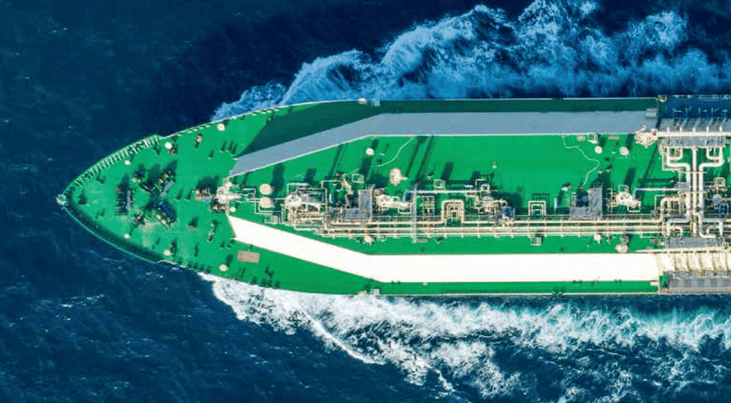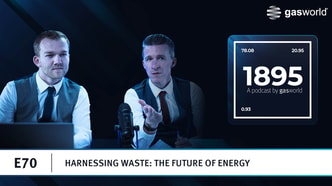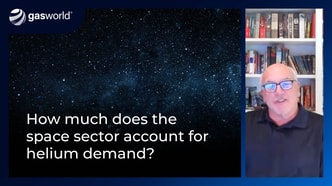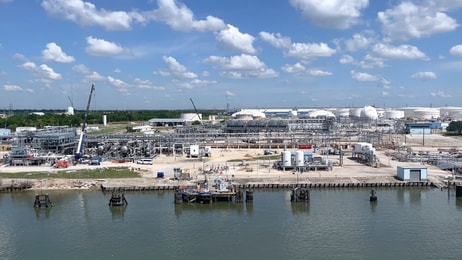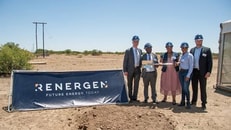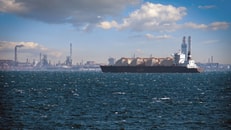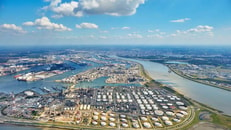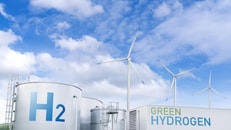Global LNG trade up 2.4% in 2024 but fragile in places
The latest LNG global report from the International Gas Union (IGU) is broadly positive, with trade growing 2.4% to 4.11 MT and 6.5 mtpa of liquefaction capacity added in 2024, rising to 494.4 mtpa.
The market was fuelled by rising exports from several key producers, including the US, Russia, Indonesia, and Australia.
Asia-Pacific remained the largest exporting region (138.91 MT), followed by the Middle East (94.25 MT), and North America (88.64 MT), which was driven by increased output and the launch of the Plaquemines facility, where Venture Global recently announced expansion plans. Key exporter Qatar announced plans to increase LNG trading volumes this week.
... to continue reading you must be subscribed

